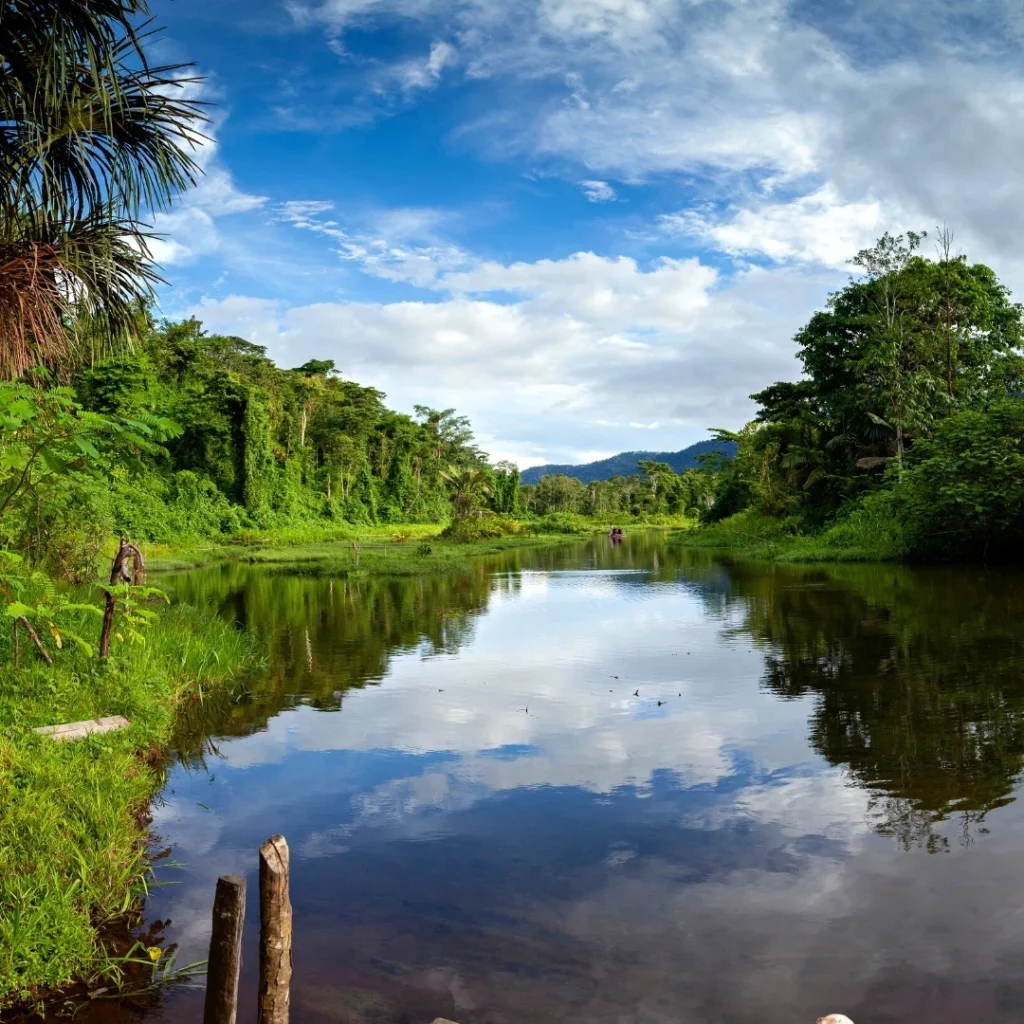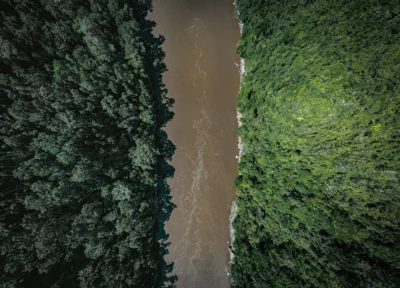You’ve probably wondered what makes Peru such a special destination for nature and culture lovers. This South American country is not only known for its ancient history but also for its vast protected natural areas that host unique biodiversity and cultural heritage. Join us as we discover why these areas are essential both for conservation and the development of ecotourism.
The Importance of Protected Natural Areas in Peru
Protected natural areas are not just conservation spaces—they’re a key component of sustainable development. These areas play vital roles such as preserving unique ecosystems, protecting endangered species, and regulating the climate. They are also home to communities that preserve ancestral traditions, blending culture and nature in perfect harmony.
By visiting them, you not only connect with breathtaking landscapes, but also contribute to their conservation and the well-being of local communities. These areas represent a commitment to the planet and to future generations.

Benefits of Visiting Protected Natural Areas
Exploring these areas is an enriching experience that goes beyond conventional tourism. The main benefits include:
- Environmental education: Learn about the importance of ecosystems and the challenges they face.
- Emotional well-being: Connecting with nature has a positive impact on mental and physical health.
- Community support: Your visit helps boost local economies that rely on sustainable tourism.
- Learning opportunities: Many protected areas are hubs for important scientific research.
Main Protected Natural Areas in Peru
Peru is home to a wide variety of natural reserves, each with unique features that captivate visitors. Here are some of the most iconic:
Machu Picchu Historic Sanctuary
Famous for its Inca ruins, this sanctuary is not only a cultural icon but also a biodiversity refuge. Its location on the edge of the rainforest makes it home to a stunning variety of flora and fauna. Declared a World Heritage Site, Machu Picchu is a destination that blends history, nature, and mysticism.
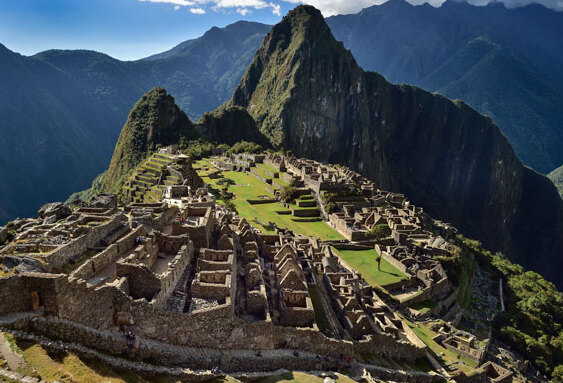
Ballestas Islands
Known as the “Peruvian Galápagos,” these islands are a paradise for marine wildlife lovers. Located in the Ica region, they host species like sea lions, Humboldt penguins, and a wide variety of birds. A boat tour lets you admire their natural richness and stunning views.
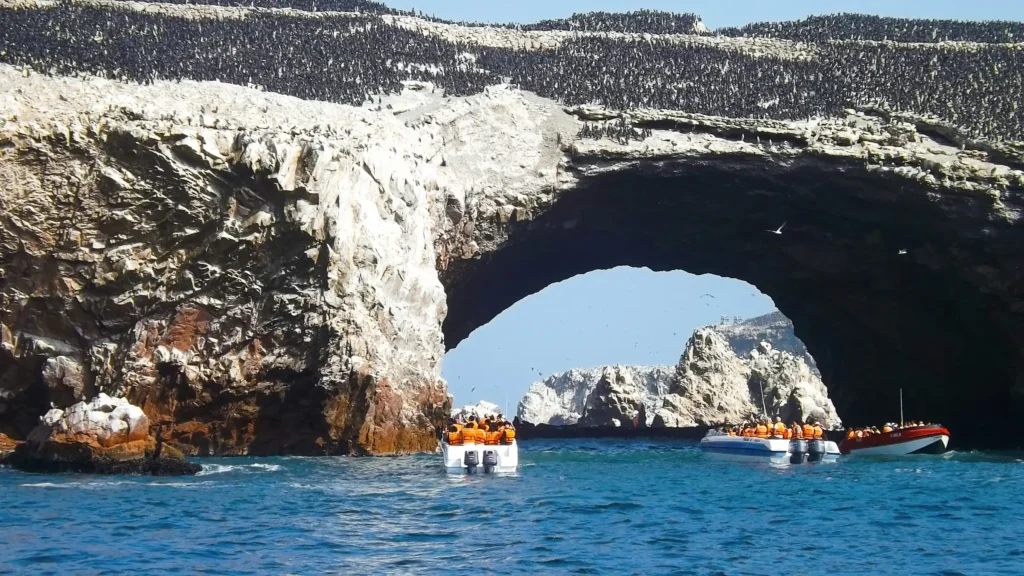
Paracas National Reserve
This spot is ideal for those seeking unique desert landscapes combined with wildlife. The reserve protects species like flamingos and sea lions, while its waters are perfect for water sports. Its proximity to the Ballestas Islands makes it a must-visit destination.
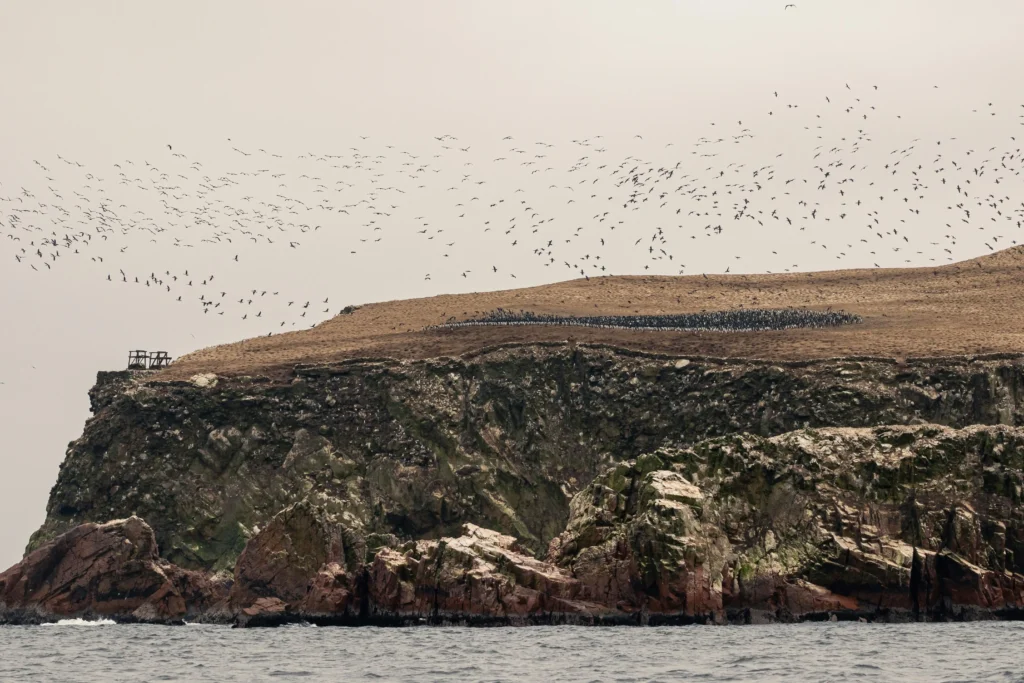
Tingo María National Park
Located in Huánuco, this park is famous for the Sleeping Beauty Mountain and the Cueva de las Lechuzas (Cave of Owls). Its trails let you enjoy Amazonian biodiversity and explore a setting full of mysticism and natural beauty.

Titicaca National Reserve
The world’s highest navigable lake is not only a cultural symbol but also a protected ecosystem. Unique species like the Titicaca grebe live in its waters, and its floating islands offer an unforgettable cultural experience.
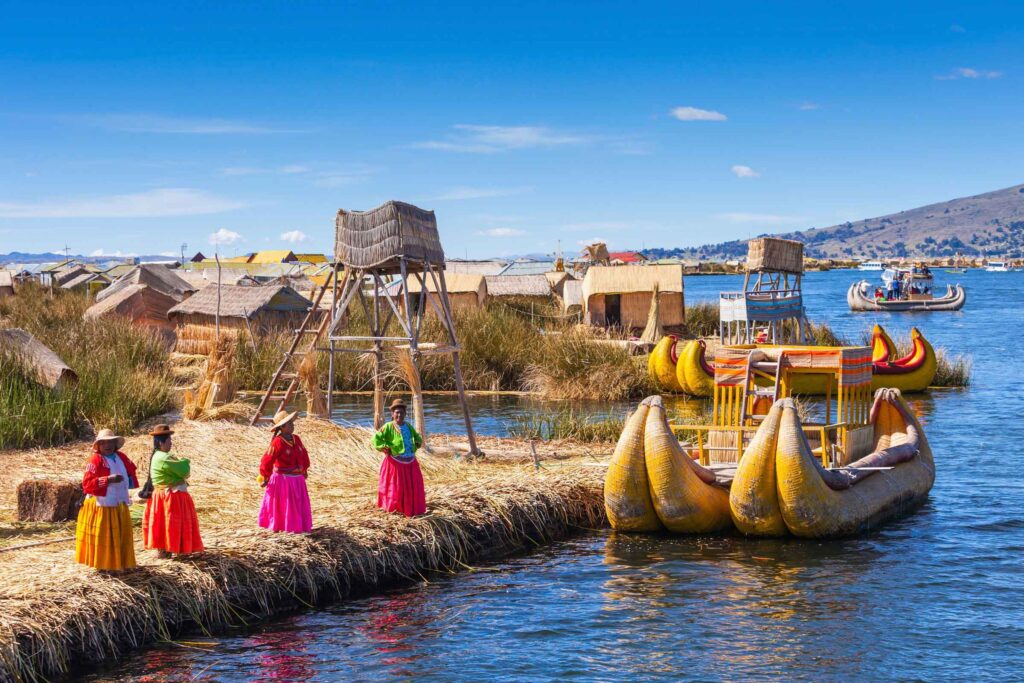
Tambopata National Reserve
Located in Madre de Dios, this reserve is a biodiversity treasure. In its tropical forests, you can spot jaguars, macaws, and countless butterflies. It’s an ideal destination for nature lovers and those seeking responsible tourism.
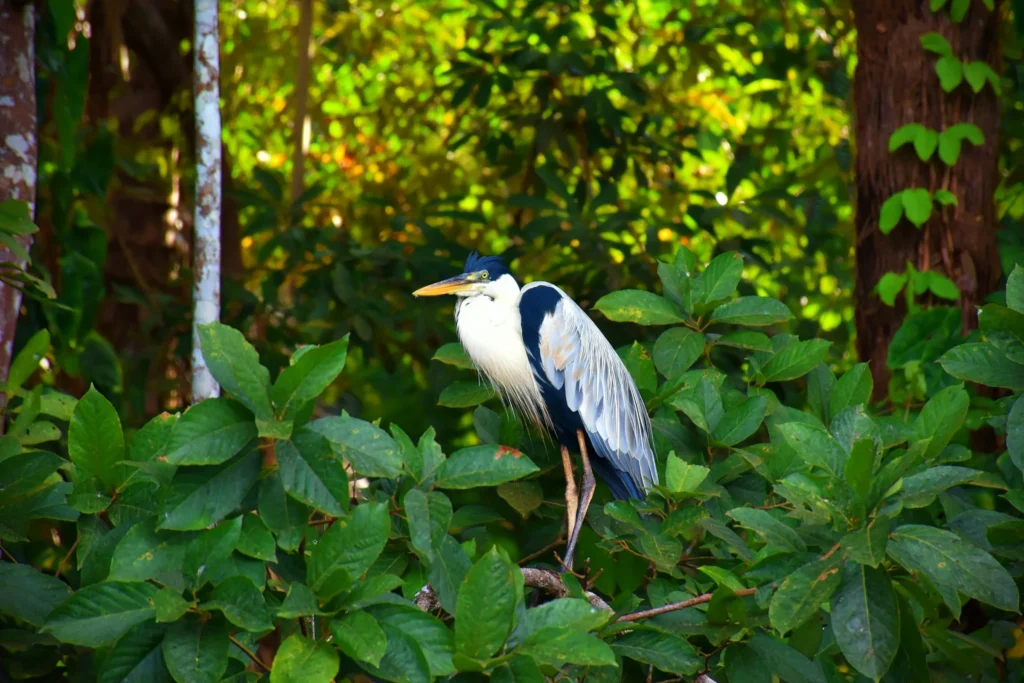
Manu National Park
Considered one of the most biodiverse places on Earth, Manu National Park is a UNESCO World Heritage Site. Its landscapes, which range from highlands to tropical rainforest, are home to thousands of plant and animal species. This park is a true treasure for nature enthusiasts.
